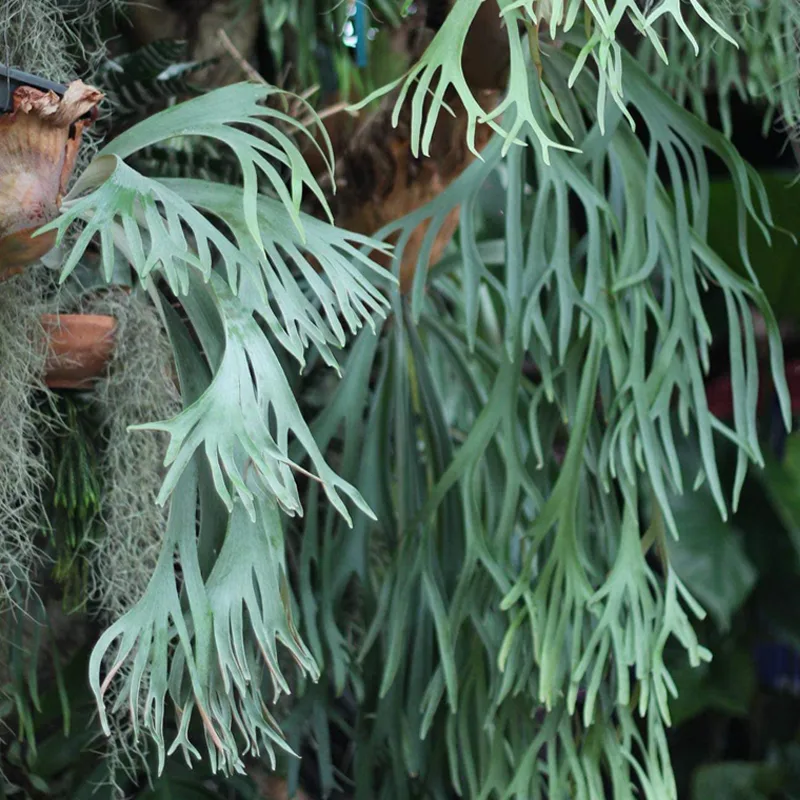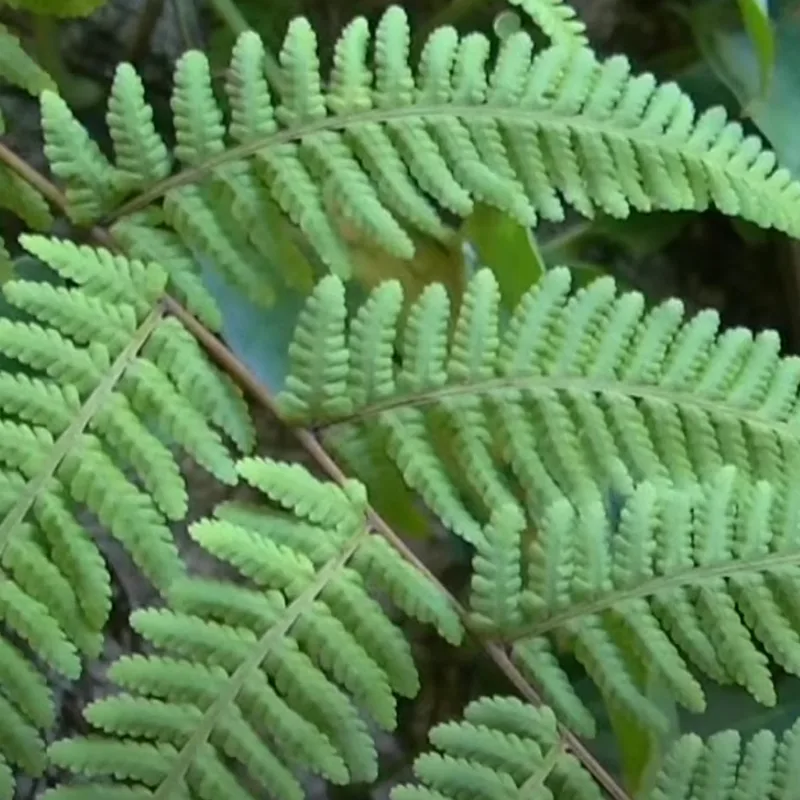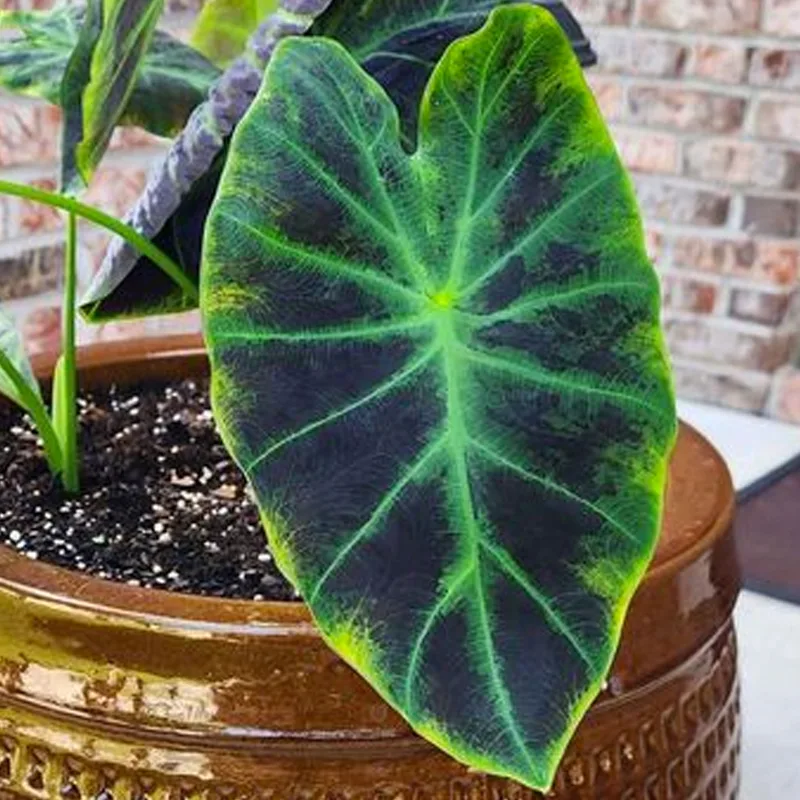Hosta Honeybells: A Shade-Loving Champion for Your Garden
As a gardener with a passion for beautiful foliage, I’m always on the lookout for plants that thrive in shady areas. The Hosta Honeybells has become a superstar in my garden, offering stunning aesthetics and easy care. Let’s delve into some frequently asked questions about this shade-loving champion.
31 Species in Genus Hosta
What is Hosta Honeybells?
Hosta Honeybells is a captivating perennial prized for its lush, heart-shaped leaves. They boast a rich, golden margin that contrasts beautifully with the dark green center. This medium-sized hosta matures to a height of about 24 inches and a spread of 24 inches, creating a graceful clump in your garden.
Where Does Hosta Honeybells Shine?
This shade lover thrives in dappled sunlight or partial shade. While it can tolerate some morning sun, too much direct sun can scorch the leaves and dull the vibrant coloring. Hosta Honeybells prefers consistently moist, well-drained soil rich in organic matter.
Planting and Care Tips for Hosta Honeybells
Planting your Hosta Honeybells is a breeze. Choose a location with the appropriate light conditions. Dig a hole slightly larger than the root ball and amend the soil with compost or aged manure. Gently place the plant in the hole, ensuring the crown sits level with the soil surface. Water thoroughly and keep the soil evenly moist throughout the growing season.
How Often Should I Water My Hosta Honeybells?
During the first year after planting, consistent watering is crucial for establishing a strong root system. Aim to water your Hosta Honeybells deeply whenever the top inch of soil feels dry. As the plant matures, it becomes more drought tolerant, but don’t let the soil completely dry out.
Does Hosta Honeybells Need Fertilizer?
Hosta Honeybells isn’t a heavy feeder, but a light application of balanced fertilizer in early spring can promote healthy growth. Opt for a slow-release fertilizer formulated for perennials.
Does Hosta Honeybells Flower?
Yes, Hosta Honeybells produces delicate lavender-white flowers in mid to late summer. While the blooms are attractive, the foliage is truly the star of the show.
Is Hosta Honeybells Deer Resistant?
Fortunately, deer tend to find the taste of Hosta Honeybells unappealing. This makes it a great choice for areas with deer browsing problems. However, slugs and snails might be attracted to the tender leaves. If you notice them munching on your plant, there are various organic slug and snail control methods available.
How Do I Care for Hosta Honeybells in Winter?
Hosta Honeybells is a fully hardy perennial, meaning it can withstand cold winter temperatures. Once the foliage dies back in fall, simply cut the stems back to the ground and leave the plant undisturbed. A layer of mulch around the base of the plant can provide additional protection during harsh winters.
Dividing Hosta Honeybells
Hosta Honeybells readily spreads over time, forming a beautiful clump. If you wish to propagate or rejuvenate your plant, you can divide it in early spring before new growth emerges. Simply dig up the clump, carefully separate the sections with a sharp knife, and replant the divisions in new locations.
Hosta Honeybells vs. Other Shade-Loving Plants
Many shade-loving plants can complement your Hosta Honeybells. Here’s a quick comparison:
- Ferns: Ferns offer a delicate, textural contrast to the bold foliage of Hosta Honeybells.
- Astilbes: These flowering perennials come in various colors and provide a burst of color alongside Hosta Honeybells.
- Heuchera (Coral Bells): Heucheras offer stunning foliage in a wide range of colors and patterns, creating a vibrant tapestry with Hosta Honeybells.
The Final Word on Hosta Honeybells
The Hosta Honeybells is a low-maintenance perennial that rewards you with stunning foliage for years to come. Its shade tolerance, easy care, and resistance to deer make it a perfect addition to your shady garden. So, if you’re looking for a reliable shade-loving beauty, look no further than the Hosta Honeybells.
If i die, water my plants!



